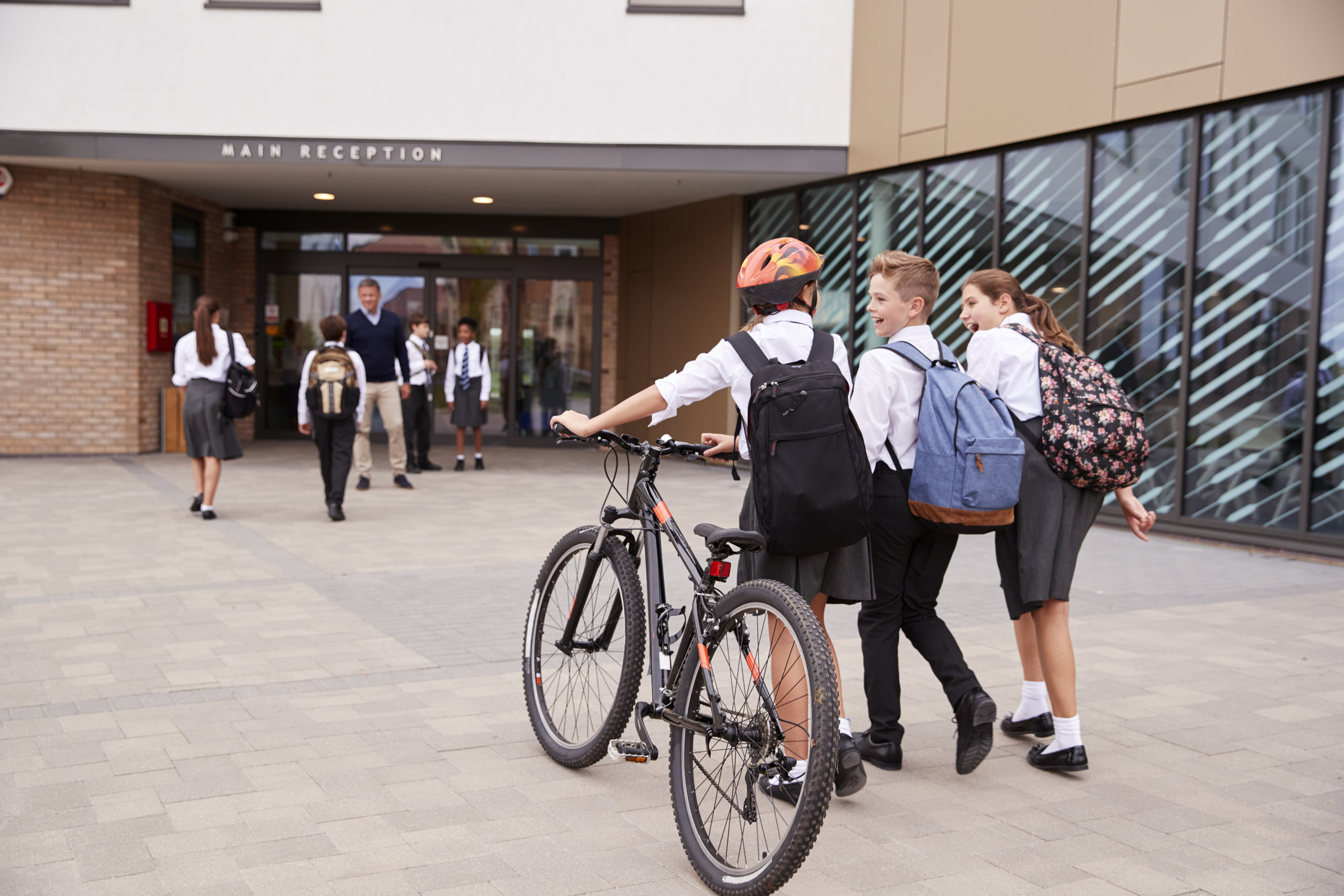As well as running behaviour change schemes like WOW, we also work with schools and local authorities to make school streets safer. We regularly talk to parents and children as part of our school route audits, using their insights to advise local traffic planners on how to make streets better for walking.
Parents tells us they are put off walking because of unsafe speeds, idling vehicles and cars parked on pavements. By making school streets car-free, we remove those barriers. And our research shows that most people back these changes, with nearly two thirds of people supporting car-free zones outside schools.
‘School Streets’ are a fantastic way to tackle the triple whammy of congestion, pollution, and safety concerns. By closing the road to cars during peak times, families can walk, cycle or scoot to school. This makes for a quiet and stress-free drop-off.
School Streets are being rolled out across the country, including in Cardiff where one headteacher, Mrs Gough told us: “We were having issues at drop off and pick-up times with parents driving dangerously on the street. It wasn’t very safe for the children walking to school. The School Street has meant there’s been a significant reduction in the cars driving down Carter Place. It’s a lot safer for all our children walking down the road and feedback from our residents has been really positive.”
A study by the Mayor of London found that School Streets reduce air pollution by 23% and one in five parents drive less when they’re in place.
As the new academic year begins, we hope you will be encouraged to swap the school ride for a school stride. To find out more about our walk to school campaign, visit our website: livingstreets.org.uk/walktoschool
